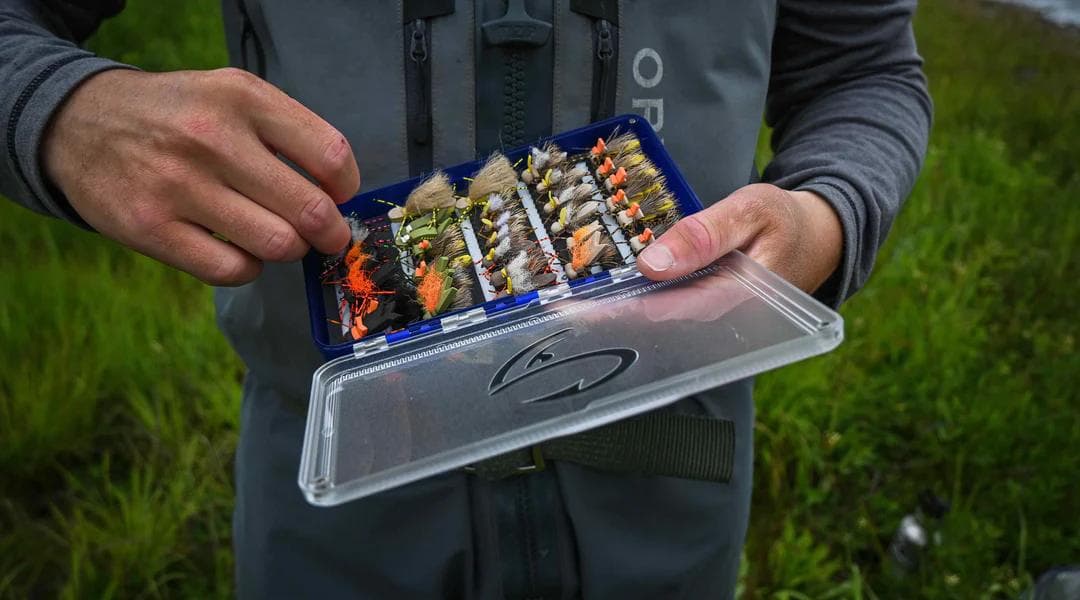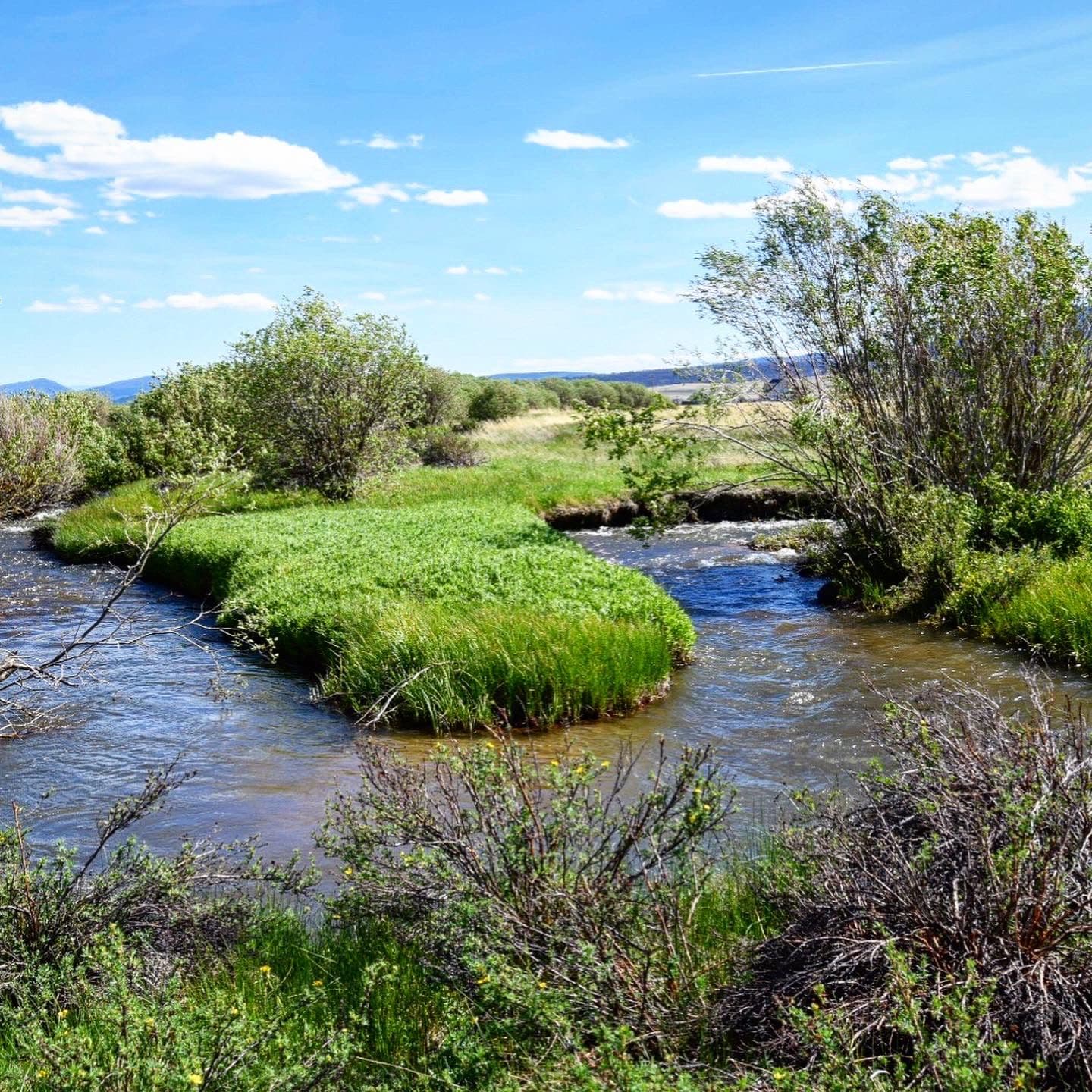Fly Fishing with Hoppers


Michael Maroney
07/10/2023
Mid July can signal a lot of things in the outdoor world; the countdown to dove season, the time you start sighting in your bow for September or the days you spend out on the water. For me, the days out on the water are the best way to pass those long summer days. As July turns to August, I always anticipate the excitement of hopper fishing. For explosive eats to slow lazy gulps, hopper fishing can be some of the most fun and rewarding ways to catch trout of all sizes.
Hoppers, also known as grasshoppers, are terrestrial insects that mature during the warm summer months and often live in the lush grasses and plants along a riverbed. Their ability to clumsily hop across meadows and fields makes them an irresistible treat for trout and other fish species. With their vibrant colors and realistic silhouette, artificial hopper flies have become a staple in the fly fishing community. Flies like the Dave’s hopper or the Chubby Chernobyl can turn a slow July day into a day to remember. There are a variety of hoppers to choose from when searching your local shop. Some incredibly realistic and others that will make you scratch your head and think, “why the hell would a trout eat that?” Nonetheless, it's important to have a variety of choices in your box, and don’t be afraid to change things up to entice a bite.

Choosing the Right Gear:
When fly fishing with hoppers, it's essential to use appropriate gear that enables accurate casting and efficient hook sets. Depending on the water size, anything from a 4 -6 weight rod with a medium to fast action is ideal for casting the larger hopper patterns, especially over longer distances. Pairing the rod with leaders and tippets in the 4X to 5X range works well for hopper fishing, offering the strength needed to handle aggressive strikes.
Presentation and Technique:
The success of fly fishing with hoppers lies in the presentation. Hoppers are primarily found near riverbanks, so casting close to the banks or vegetation where these insects congregate is crucial. Presentation can be a huge selling point to the fish, some days they want the hopper to fall in lightly off the bank and other times they will attack the hopper after a big splash. Once the fly is on the water, try to create small movements with the fly to imitate the insect's struggling efforts. One technique known as "skating" the hopper, typically on the bottom half of the drift, can trigger aggressive strikes from nearby fish. It's important to keep an eye on the fly at all times, as trout often attack hoppers with an explosive surface take.
PRO TIP: Hoppers are typically large flies, it's critical to let the trout eat the fly all the way before setting the hook. Let the fly disappear below the surface before setting the hook to ensure a good hook up.
Timing and Seasonality:
Hopper fishing is most productive during the late summer months when grasshoppers are plentiful and active. As temperatures rise, these insects become more active and often find themselves blown onto the water, making them easy targets for opportunistic trout. Time of day can be very important as well. Hopper action typically starts about mid morning depending on water and air temps and peaks right around midday. A little wind always helps.
PRO TIP: If you are wondering if fish are keyed in on hoppers, try catching a live grasshopper on the bank and toss it in the water to see if anything takes it. If you see fish going after it, it's time to switch up and start fishing with hoppers.
It's also worth noting that hopper patterns work well in combination with other flies, such as nymphs or droppers. Adding a small nymph or emerger pattern to your hopper rig can increase your chances of enticing fish that are feeding beneath the surface.

Fly fishing with hoppers is one of the most exciting and dynamic approaches to angling, allowing you to engage with the natural environment and test your skills during the heat of summer. Grab your gear, tie on a hopper, and head to the nearest river or stream to embark on a thrilling adventure that combines art, science, and a touch of serendipity.
Tight lines!